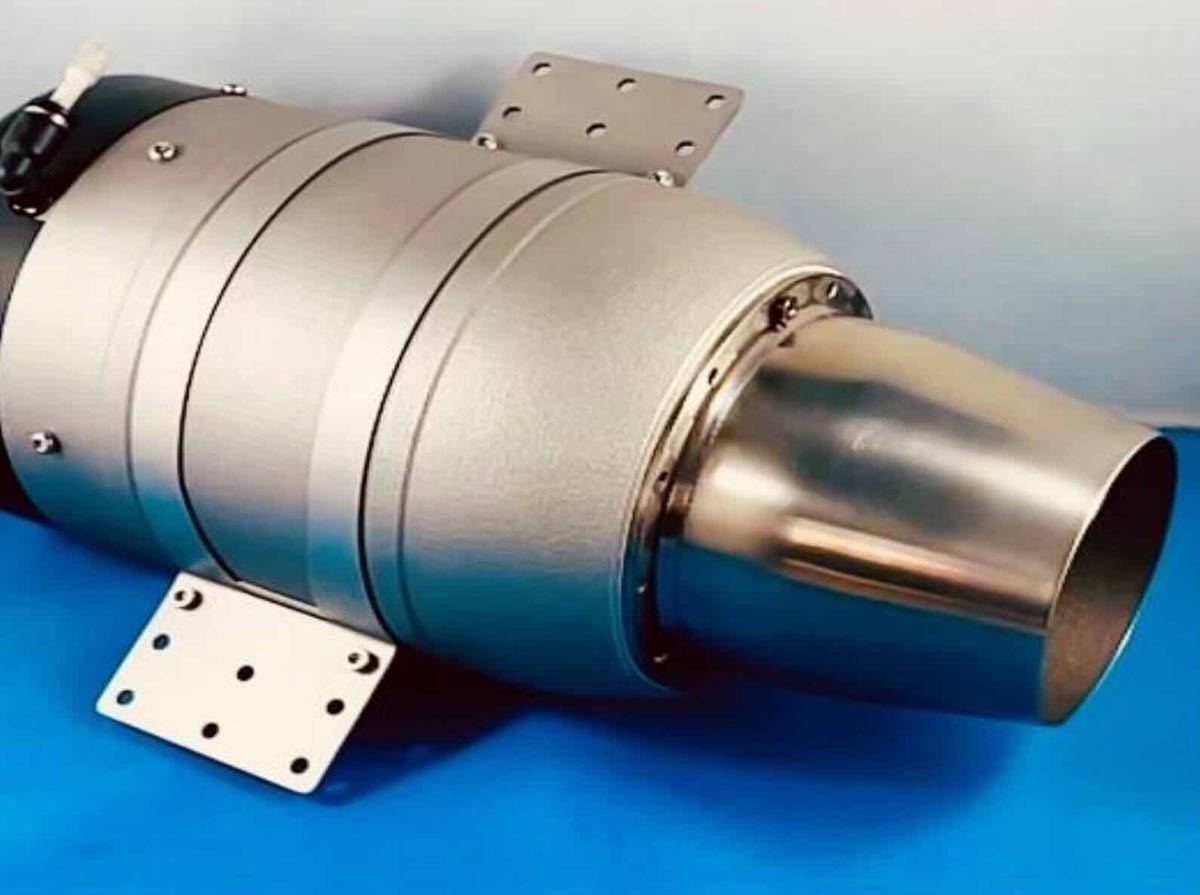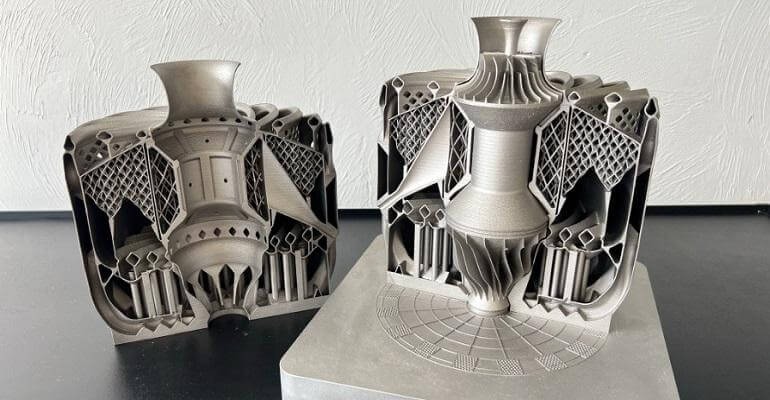The aeronautics industry could well be on the verge of experiencing a major revolution thanks to the discovery of an ultra-light material, created using 3D printing. Researchers have developed a new material that promises to significantly reduce the weight of aircraft turbines, a crucial issue for improving the energy efficiency of aircraft. Reducing the weight of components, particularly turbines, is a priority for modern aviation, which seeks to limit its fuel consumption and its carbon footprint.
This technological advancement is made possible through the use of 3D printing, which allows the creation of complex and lightweight structures that are impossible to obtain with traditional manufacturing methods. The new material could not only make the turbines lighter, but also improve overall aircraft performance, reducing the load on the engines and optimizing fuel consumption. This discovery is generating great interest within the aeronautics sector, where each gain in lightness translates into increased efficiency.
The technical characteristics of the ultra-light material
The material developed by these researchers is distinguished by its exceptional properties. Designed to be both ultra-light and extremely strong, it features a complex honeycomb structure that maximizes rigidity while minimizing mass. This unique combination of lightness and robustness makes it possible to meet the strict requirements of the aeronautical sector, where materials must withstand extreme conditions of pressure, temperature and vibration.
https://srqbacklot.com/actualite/le-secret-qui-fait-trembler-boeing-airbus-et-toshiba-sallient-pour-revolutionner-le-ciel/595890/
Compared to materials currently used in aircraft turbines, this new material offers notable advantages. Its increased durability reduces the risk of premature wear, while ensuring better resistance to shocks and mechanical stress. Using 3D printing, researchers were able to optimize the internal structure of the material, creating complex geometric shapes that would be impossible to obtain using conventional methods. This innovation paves the way for lighter and more efficient designs for aircraft turbines, marking an important step for the aviation of the future.
3D printing: a key technology for creating this material
3D printing has played a central role in the design of this innovative material. Using this technology, researchers were able to explore new design possibilities, experimenting with complex internal structures that maximize lightness while providing optimal strength. Unlike traditional manufacturing techniques, 3D printing reduces material waste, a significant advantage for the production of lightweight parts in aeronautics.
The manufacturing process is based on laser sintering techniques which allow merge successive layers of metal powder to create a homogeneous and solid material. This approach offers great flexibility in terms of design, allowing the structure to be adapted to the specific needs of aircraft turbines. The weight savings obtained through 3D printing translate into a reduction in fuel consumption, which constitutes a decisive advantage for an industry seeking performance and sustainability.
https://srqbacklot.com/actualite/lavion-impossible-qui-fait-trembler-airbus-un-monstre-a-hydrogene-plus-rapide-quune-balle/595910/
The prospects for the aeronautical industry thanks to this material
This innovation opens up promising prospects for the aeronautical industry. The possibility of reduce the weight of aircraft turbines while increasing their durability could significantly reduce aircraft fuel consumption, thus helping to reduce CO₂ emissions. This progress is all the more important in a context where aviation must face increasingly strict environmental regulations, requiring reductions in emissions.
Beyond turbines, this 3D printed material could find other applications in aeronautics, such as the design of internal structures of aircraft or specific engine components. Researchers and industrialists must still overcome several challenges, particularly with regard to the large-scale production and standardization of processes, but the first results are promising. This technological advance could well transform the standards of the aeronautics industry and inspire other sectors to follow the path of 3D printing for more efficient materials.




